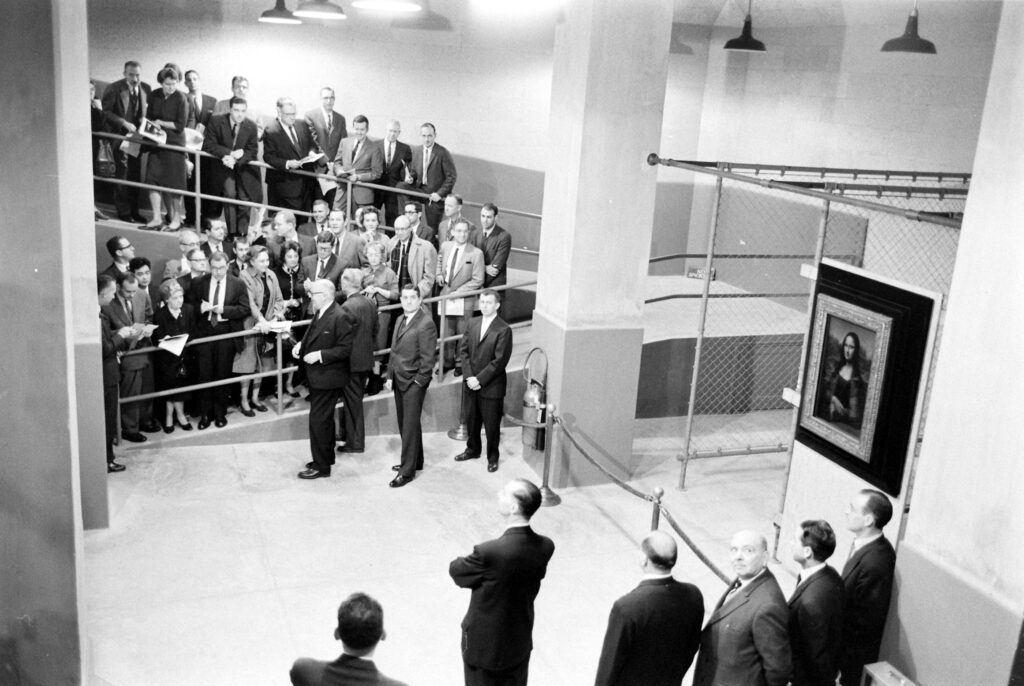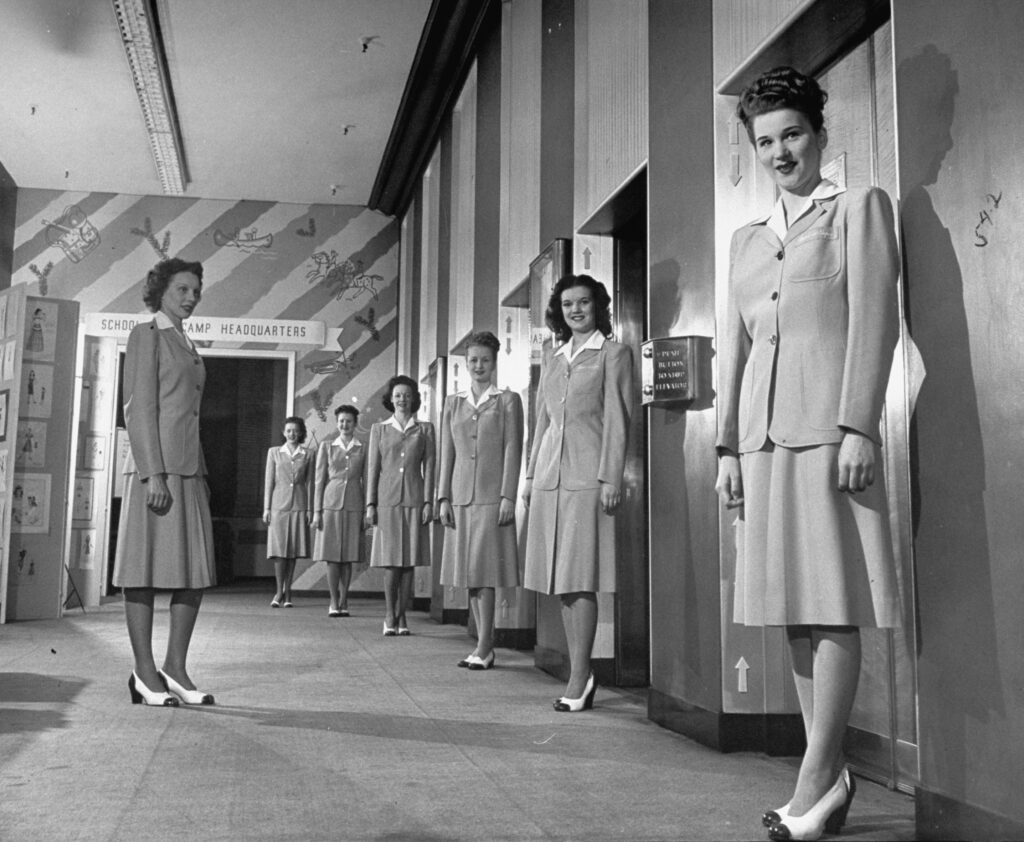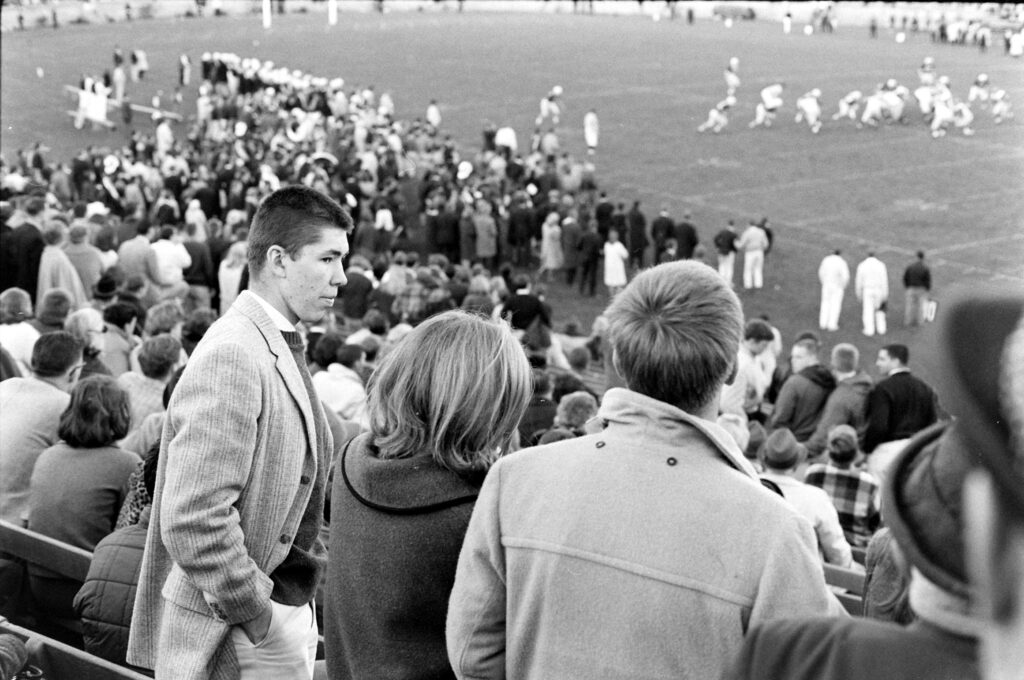Written By: Bill Syken
In 2022 teenagers spending an average of seven hours a day engaged with their screens. There’s plenty of reason to wonder why this is ruinous—addictive algorithms, the highs and lows of being liked or ignored on social media, and so on.
But a LIFE photo essay from 1956 shows that while the power of the cellphone is new, the phenomenon of teenagers being addicted to phones goes back to the days of the rotary dial.
In 1956 LIFE staff photographer Grey Villet shot a photo essay documenting the teenage obsession with telephones. The subject was timely back them because the 1950s were the decade in which in became landlines became more common than not in American homes. Then as now, teenagers loved to use phones to connect with their friends.
Villet’s essay never ran in the magazine, so we don’t know much about the people in the story, including where they lived or their exact age. But Villet shot enough pictures of them away from home to confirm that they were high school students.
The details of their lives are secondary, though, to the landline era that Villet captured so vividly.
There’s the picture of a teenaged girl running down the stairs after her little brother has answered the phone. The photo captures the particular panic of a personal call being intercepted by a nosy sibling in the same home.
Another picture shows mother trying to wrest the receiver from a daughter who has been tying up the line. And another of a brother popping into her room, presumably checking to see when she will be done.
But Villet’s piece de resistance is a photo sequence of a teenage girl in her room, going through physical contortions over the course of a long phone conversation. She is on her back, then flipped over, legs akimbo. And then she slides halfway off the bed, and then all the way down to her floor. If George Balanchine had choreographed a ballet titled “Teenage Girl Talks on Phone, 1956” this is what it would look like.
That was all decades ago, and now the percentage of households with landline only is in the low single digits. Since 2014 households with only cellphones became the most common sort.
The most hilariously dated aspect of Villet’s 1956 essay is not the sight of an entire household sharing a phone that performs no additional functions. It’s the photos that Villet took of the kids outside the house. We see them at a basketball game, trying on a dress at a store, and at a school dance. It’s not clear exactly what the point of those shots was meant to be back then, but what stands out now is that these kids are enjoying all kinds of activities without a cellphone in sight.

Photo essay on teenagers and telephones, 1956.
Grey Villet/LIFE Picture Collection/Shutterstock

Photo essay on teenagers and telephones, 1956.
Grey Villet/LIFE Picture Collection/Shutterstock

Photo essay on teenagers and telephones, 1956.
Grey Villet/LIFE Picture Collection/Shutterstock

Photo essay on teenagers and telephones, 1956.
Grey Villet/LIFE Picture Collection/Shutterstock

Photo essay on teenagers and telephones, 1956.
Grey Villet/LIFE Picture Collection/Shutterstock

Photo essay on teenagers and telephones, 1956.
Grey Villet/LIFE Picture Collection/Shutterstock

Photo essay on teenagers and telephones, 1956.
Grey Villet/LIFE Picture Collection/Shutterstock

Photo essay on teenagers and telephones, 1956.
Grey Villet/LIFE Picture Collection/Shutterstock

Photo essay on teenagers and telephones, 1956.
Grey Villet/LIFE Picture Collection/Shutterstock

Photo essay on teenagers and telephones, 1956.
Grey Villet/LIFE Picture Collection/Shutterstock

Photo essay on teenagers and telephones, 1956.
Grey Villet/LIFE Picture Collection/Shutterstock

Photo essay on teenagers and telephones, 1956.
Grey Villet/LIFE Picture Collection/Shutterstock

Photo essay on teenagers and telephones, 1956.
Grey Villet/LIFE Picture Collection/Shutterstock

Photo essay on teenagers and telephones, 1956.
Grey Villet/LIFE Picture Collection/Shutterstock

Photo essay on teenagers and telephones, 1956.
Grey Villet/LIFE Picture Collection/Shutterstock

Photo essay on teenagers and telephones, 1956.
Grey Villet/LIFE Picture Collection/Shutterstock

Photo essay on teenagers and telephones, 1956.
Grey Villet/LIFE Picture Collection/Shutterstock

Photo essay on teenagers and telephones, 1956.
Grey Villet/LIFE Picture Collection/Shutterstock

Photo essay on teenagers and telephones, 1956.
Grey Villet/LIFE Picture Collection/Shutterstock

Photo essay on teenagers and telephones, 1956.
Grey Villet/LIFE Picture Collection/Shutterstock

Photo essay on teenagers and telephones, 1956.
Grey Villet/LIFE Picture Collection/Shutterstock

Photo essay on teenagers and telephones, 1956.
Grey Villet/LIFE Picture Collection/Shutterstock

Photo essay on teenagers and telephones, 1956.
Grey Villet/LIFE Picture Collection/Shutterstock































